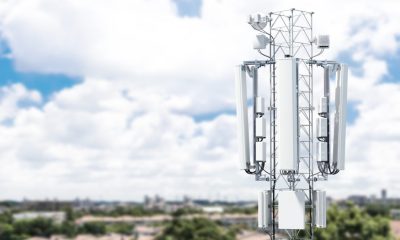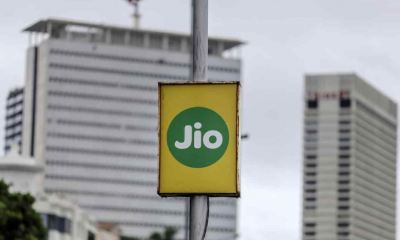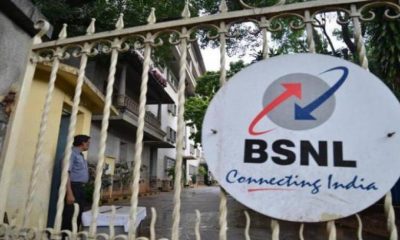4g
DoT set to ask BSNL not to use Chinese telecom equipment in 4G upgradation

NEW DELHI: The Department of Telecom (DoT) is set to ask state-owned Bharat Sanchar Nigam Ltd (BSNL) not to use Chinese telecom gear in its 4G upgradation, which is being supported as part of the company revival package, according to sources.
The development comes at a time when Indian and Chinese armies are engaged in a standoff in Pangong Tso, Galwan Valley, Demchok and Daulat Beg Oldie in eastern Ladakh.
The standoff has stirred anti-China sentiments in India, with protesters and some trade bodies like CAIT calling for a boycott of Chinese products in protest to border standoff.
Sources privy to talks in the Telecom Department said it has been decided that BSNL will be asked not to use Chinese equipment in upgradation to 4G network, which is being supported by its revival package.
The department may also convey that the tender in this regard may need to be reworked. A similar message will be conveyed to Mahanagar Telephone Nigam Ltd (MTNL), sources said.
The department is even considering measures to urge private telecom operators to bring down their dependence on Chinese-made telecom equipment.
In the past, there have been concerns around network security of Chinese equipment, sources pointed out.
On Twitter, hashtags like ‘HindiCheeniByeBye’ and ‘BharatVsChina’ have been trending.
Earlier on Wednesday, Chinese handset maker Oppo cancelled the livestream launch of its flagship 5G smartphone in the country amid protests calling for the boycott of Chinese products in various parts of the country.
Oppo, which ranks among the top five smartphone vendors in India, had said it will livestream the launch of its Find X2 smartphone on Wednesday via YouTube. However, the livestream was cancelled later on, and the company instead uploaded a pre-recorded video.
Notably, four of the five top smartphone brands in India (Xiaomi, Vivo, Realme and Oppo) are from China and accounted for almost 76 per cent share of smartphones shipped in India in the quarter ended March 2020. South Korea’s Samsung, which ranked third and cornered 15.6 per cent share of shipment in the said quarter, is the only non-Chinese firm in the top five tally.
Source: Press Trust of India
4g
Vi enhances 4G network coverage for its customers in Maharashtra and Goa
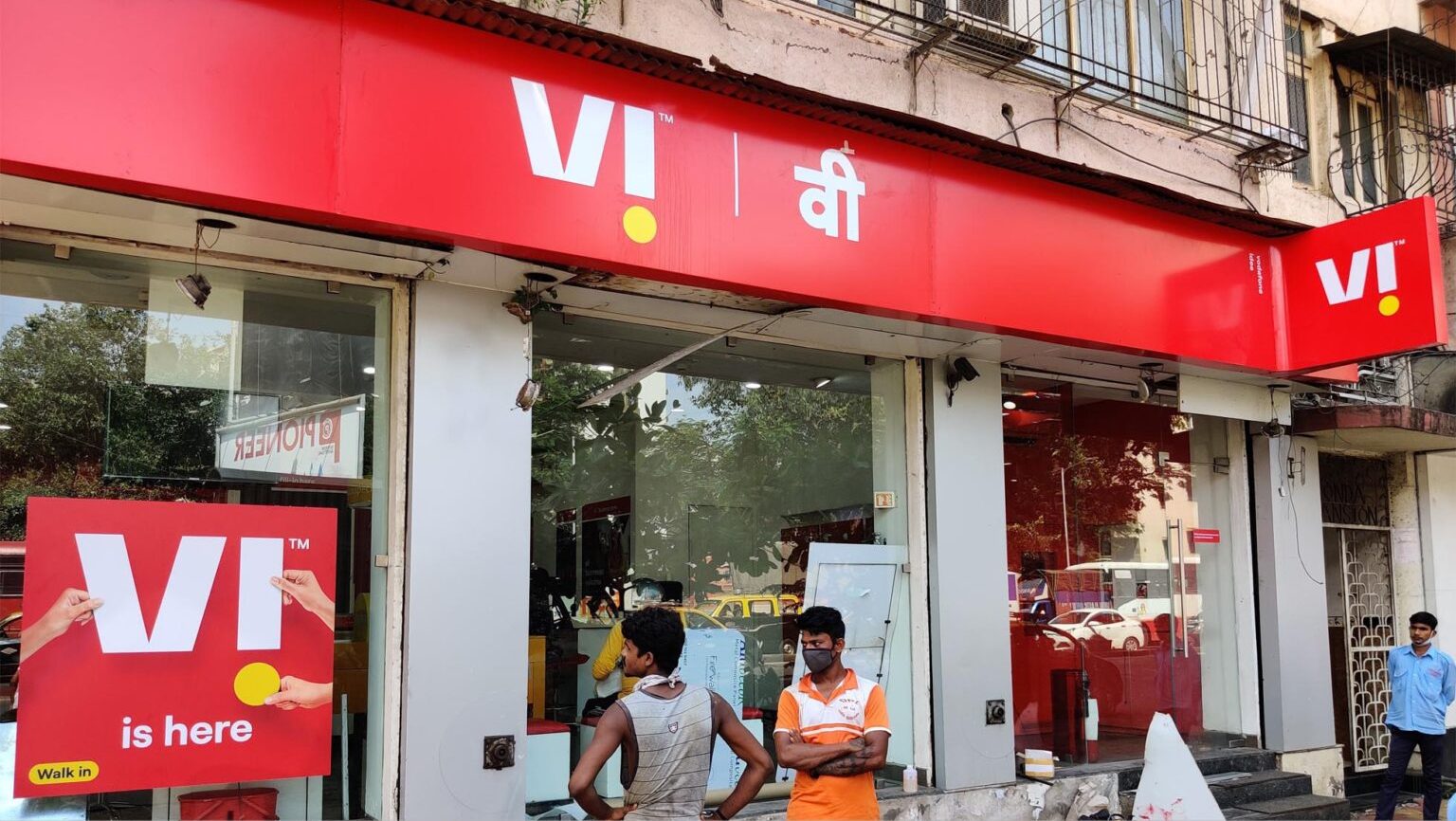
NEW DELHI: Leading telecom brand Vi, has enhanced its 4G experience in Maharashtra & Goa enabling its customers get a better network experience and faster speeds. Vi has till now deployed the highly efficient 900MHz spectrum on over 6430 sites as well as 1800 MHz band on over 16450 sites in Maharashtra & Goa, empowering 78 percent population in the two states to enjoy stronger network indoors while they work, study, socialize, access entertainment, ecommerce and other digital services.
In addition, Vi Customers in commercial/residential areas of Pune, Nagpur, Nashik, Aurangabad, Kolhapur, Solapur, Goa and other important towns are experiencing enhanced voice and data experience even indoors in high population pockets of these cities.
Rohit Tandon, Cluster Business Head- Maharashtra & Goa, Vodafone Idea, said “I would like to extend an invitation to pre-paid and post-paid mobile phone users in Maharashtra & Goa to enjoy a superior, upgraded 4G experience on the Vi network. We have undertaken multiple initiatives over the past year to widen our 4G coverage in the circle as well as strengthen indoor network coverage across cities. Vi customers can choose from a bouquet of choice plans that allow every member of the family to do more and get more on Vi’s 4G network. As we continue our endeavours toward 5G readiness, we remain committed to bring the best in technology, products and services to enable our customers get ahead in life.”
2g
India approves upgradation of 2G mobile sites to 4G at security sites in LWE areas
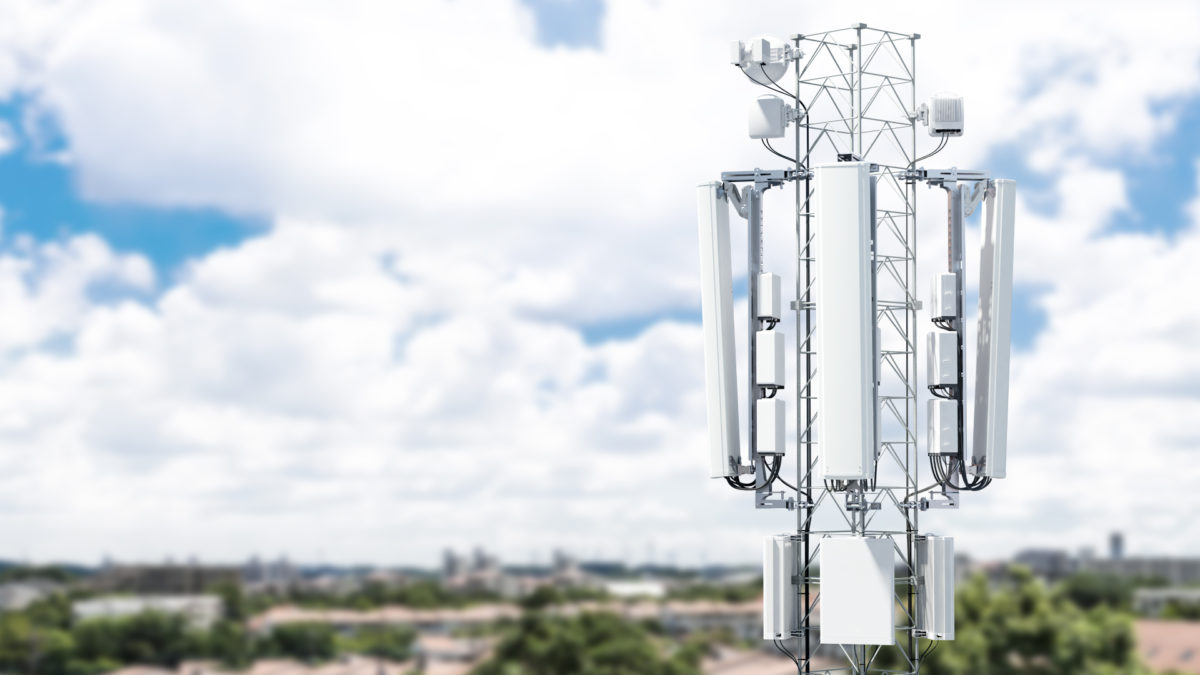
NEW DELHI: The Union Cabinet chaired by the Prime Minister Narendra Modi has approved a Universal Service Obligation Fund (USOF) project for upgrading 2G mobile services to 4G at security sites in Left Wing Extremism (LWE) areas
The Project envisages upgrading2,343 left Wing Extremism Phase-I sites from 2G to 4G mobile services at an estimated cost of Rs.1,884.59 crore (Excluding taxes and levies). This includes O&M for five years. However, BSNL will maintain the sites for another five years at its own cost. The work will be awarded to BSNL because these sites belong to BSNL.
The Cabinet also approved funding of operations and maintenance cost of LWE Phase-I 2G sites by BSNL for an extended period beyond the contractual period of five years at an estimated cost of Rs.541.80 crore. The extension will be up to 12 months from the date of approval by the Cabinet or commissioning of 4G sites, whichever is earlier.
Government chose BSNL for a prestigious project to indigenous 4G telecom equipment so as to achieve self-reliance in the telecom gear segment to fulfil domestic market needs apart from exporting to other markets. This 4G equipment will be deployed in this project also.
The upgradation will enable better internet and data services in these LSW areas. It meets the requirements of Ministry of Home Affairs and the state governments. It shall also fulfil the communication needs of the security personnel deployed in these areas. The proposal is in line with the goal of providing mobile connectivity in rural areas. In addition, delivery of various e-governance services, banking services, tele-medicine; tele-education etc. through mobile broadband shall be possible in these areas.
4g
Jio’s IAX and IEX projects to address region’s data revolution

NEW DELHI: Reliance Jio Infocomm Ltd. (Jio), India’s leading 4G and mobile broadband digital service provider, is constructing the largest international submarine cable system centered on India. Jio, in conjunction with several key global partners and world-class submarine cable supplier SubCom, is currently deploying two next generation cables to support the extraordinary growth in data demand across the region.
The India-Asia-Xpress (IAX) system connects India eastbound to Singapore and beyond, while the India-Europe-Xpress (IEX) system connects India westbound to the Middle East and Europe. The systems will seamlessly interconnect as well as connect to the world’s top interexchange points and content hubs for extension of service globally. IAX and IEX will enhance the ability for consumer and enterprise users to access content and cloud services in and out of India.
For the first time in the history of fiber optic submarine telecommunications, these systems place India at the center of the international network map, recognizing India’s increased importance, staggering growth, and the quantum shift in data use since the launch of Jio services in 2016.
These high capacity and high-speed systems will provide more than 200Tbps of capacity spanning over 16,000 kilometers. Employing open system technology and the latest wavelength switched RoADM/branching units ensures rapid upgrade deployment and the ultimate flexibility to add/drop waves across multiple locations.
“Jio is at the forefront of India’s explosive growth in digital services and data consumption. To meet the demands of Streaming Video, Remote Workforce, 5G, IoT, and beyond, Jio is taking a leadership role in the construction of the first of its kind, India-centric IAX and IEX subsea systems,” said Mathew Oommen, President, Reliance Jio.
“Implementing these critical initiatives in the shadow of a global pandemic is a challenge, but the ongoing pandemic has only accelerated the digital transformation and the necessity of high-performance global connectivity for the delivery of a richer experience to enterprises and consumers,” he added.
The IAX system connects India, the world’s fastest growing economy, to Asia Pacific markets with express connectivity from Mumbai and Chennai to Thailand, Malaysia, and Singapore. The IEX system extends India’s connectivity to Italy, landing in Savona, and additional landings in the Middle East and North Africa.
Apart from the seamless connection of the IAX and IEX sub-sea systems, the two systems are also connected to the Reliance Jio Global Fiber Network beyond Asia Pacific and Europe, connecting to both the east and west coast of the USA. IAX is expected to be ready for service mid-2023, while IEX will be ready for service in early 2024.





